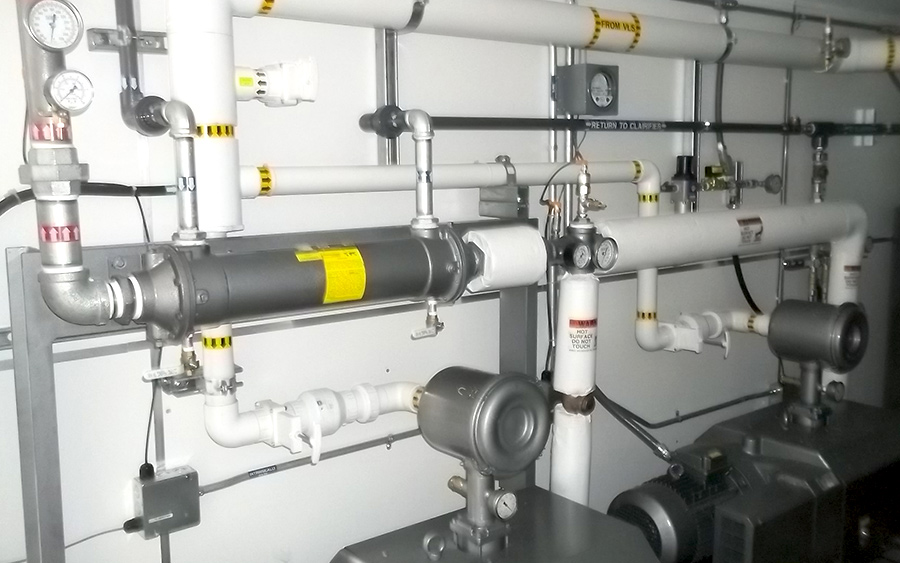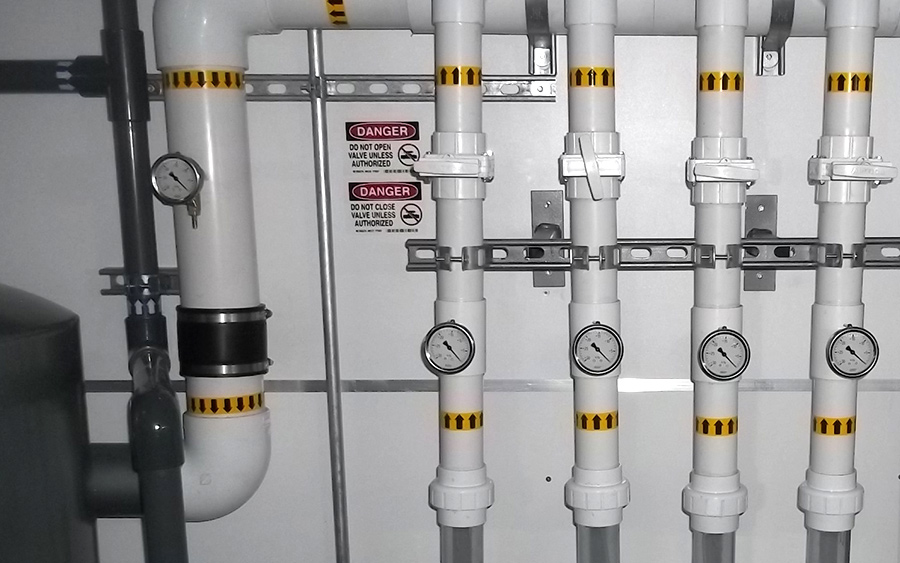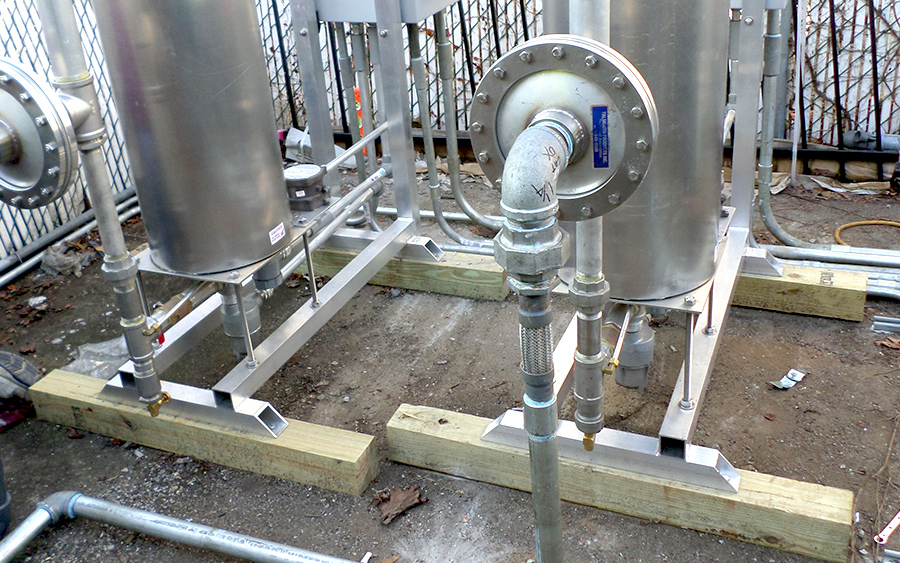Client Profile
Owner of the property, which included a deli, convenience store, and tanning salon, and the owner of the former UST system at the site.
Project Profile
Based on UST closure and site characterization results, soil and groundwater impacted with unleaded gasoline constituents were located on-site. Impacted groundwater was likely migrating off-site to at least beneath an adjacent roadway and was possibly discharging to the downgradient creek. Interim remedial actions completed during underground storage tank (UST) closure included removing approximately 181 tons of impacted soil and 12,000 gallons of groundwater. Light non-aqueous phase liquid (LNAPL) was observed within the former UST cavity and two wells. Subsurface materials included clay, sand, and weathered to competent sandstone bedrock. An aggressive soil and groundwater remediation strategy to attain the applicable PADEP Used Aquifer Residential Statewide Health Standards (UARSHS) Medium-Specific Concentrations (MSC) involved the operation of a Total Phase Extraction (TPE) remediation system. TPE technology, which involves extracting groundwater at maximum depths of approximately 25 feet below ground surface, was applicable considering a maximum depth to water at the site of 11 feet below ground surface.
Project Summary
The active TPE remediation system operated on-site for approximately two years to successfully remediate soil and groundwater. The TPE system extracted soil vapor and groundwater from three 4-inch diameter recovery wells using a 20-horsepower (hp), oil-sealed, high vacuum liquid ring pump (LRP). Following extraction, the groundwater and soil vapor were routed through an air water separator. After separation, the groundwater was passed through sediment filters using a 2-hp centrifugal pump, and then treated with two 400-pound liquid-phase granular activated carbon (GAC) units. The recovered soil vapor was transferred with the 20-hp vacuum LRP and treated with two 600-pound vapor-phase GAC units. The TPE system treated a total of approximately 518,228 gallons of petroleum-impacted groundwater. Treated groundwater was discharged using a National Pollutant Discharge Elimination System (NPDES) permit. During system activation, sampling of system water, system vapor, on-site and off-site potable well water, and surface water (downgradient creek) was completed. The TPE system was purposefully deactivated for potential contaminant rebound evaluation and groundwater attainment sampling.
Attainment of the UARSHS MSC in soil was demonstrated via PADEP’s Systematic Random Soil Sampling (SRSS) Protocol approximately six months after the TPE remediation system was deactivated. The SRSS investigation involved the advancement of eight soil borings in each of two attainment areas where prior soil impact was documented. One soil sample was collected per boring for laboratory analysis. All soil analytical results were below their respective UARSHS MSCs for the regulated unleaded gasoline parameters.
Attainment of UARSHS MSCs in groundwater was demonstrated via six consecutive post-remediation quarterly groundwater monitoring events. Based on six consecutive quarters of analytical data below the UARSHS MSC for the eight POC monitoring wells, demonstration of attainment for unleaded gasoline parameters had been met, with only one minor exceedance at an interior monitoring well for which attainment was demonstrated using the 75%/10x ad hoc rule. Therefore, Letterle requested a sampling reduction for the demonstration of groundwater attainment from eight quarters to six quarters, which was approved by the PADEP.
Project Results
Site closure with a Relief of Liability via a PADEP-approved Remedial Action Completion Report was achieved. Based on analytical results from the UST closure, site characterization, SRSS, and post-remedial groundwater monitoring, soil and groundwater attainment of the UARSHS MSCs for the unleaded gasoline parameters of benzene, toluene, ethylbenzene, xylenes, methyl tertiary-butyl ether (MTBE), cumene, naphthalene, 1,2,4-trimethylbenzene (TMB), and 1,3,5-TMB was demonstrated.



